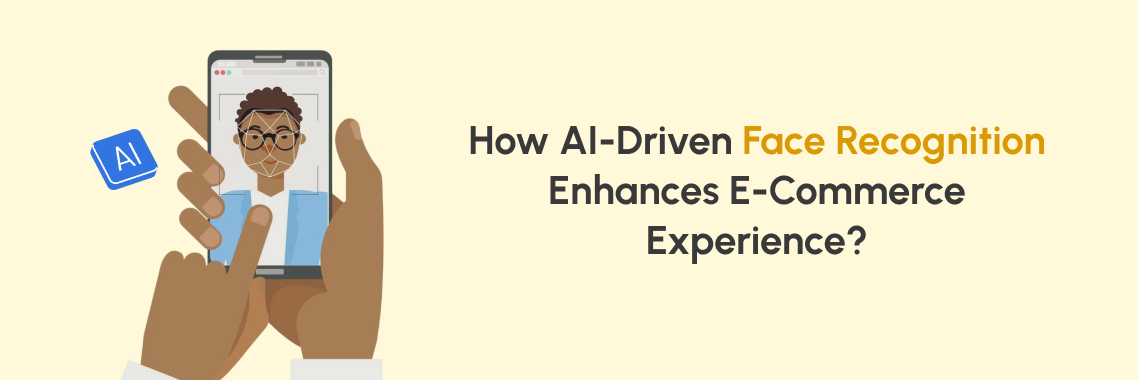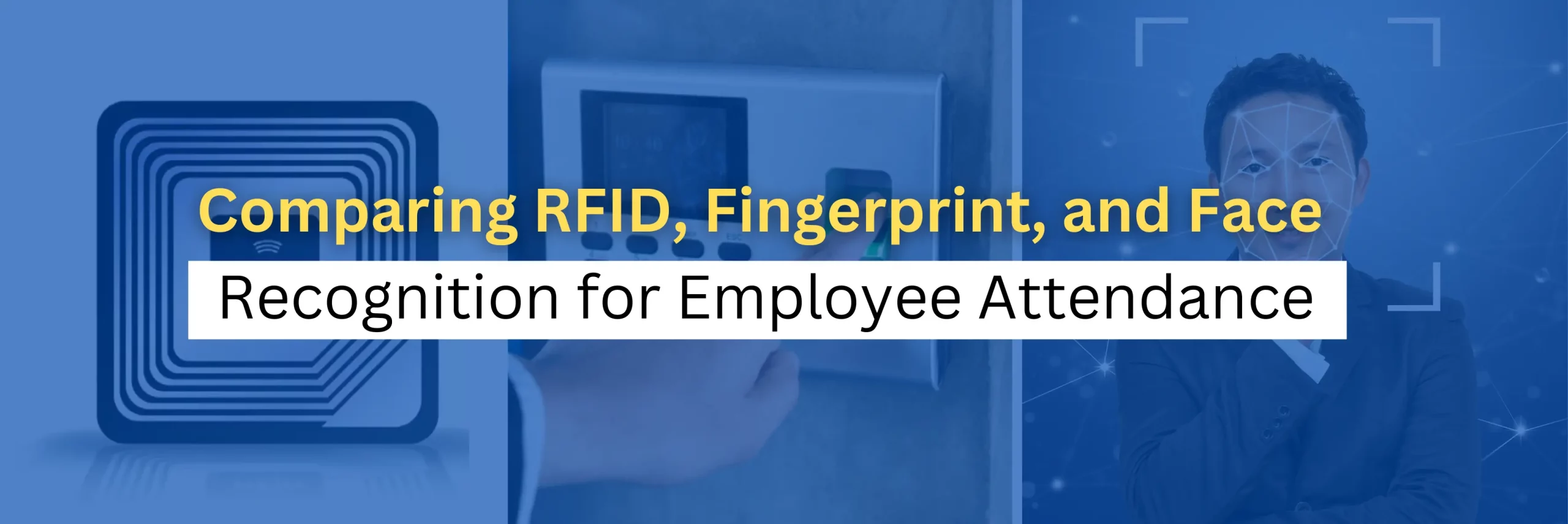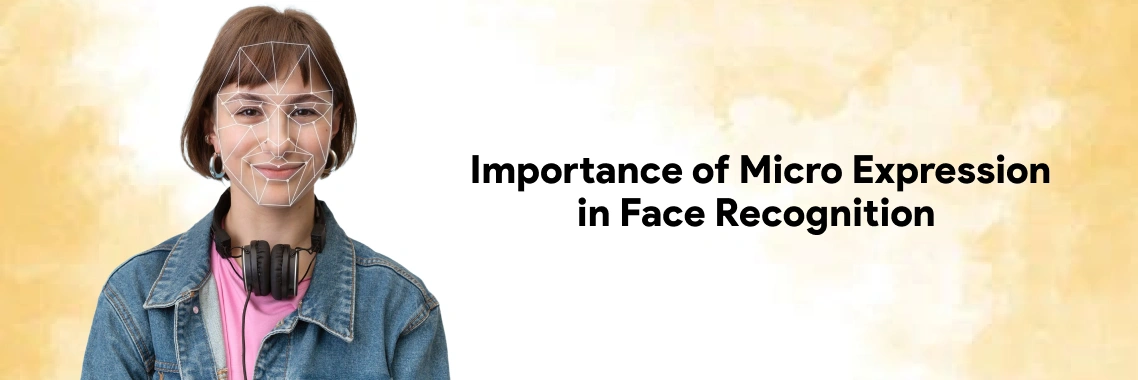Ethics of Facial Recognition
How many faces can you recognize within a second or two?
Once or twice. Umm, the number can be doubled if someone is too sharp.
Or, say, how accurately can you match someone’s current face with his young passport photo?
That’s a valid question, and up to 80% of correct matches can happen with human eyes.
And, that’s why an AI-trained facial recognition has entered the mass market with its agile speed, accuracy, reliability, and integration flexibility while stepping at an upward curve, expected to grow $13 billion by 2026.
While its uses to unlock smartphones or monitor spaces make it handy and comfortable, despite its full potential, sparking questions about its privacy, bias, or misuse raises ethical concerns.
So, as a business, when you’re thinking about integrating facial recognition, know and address every ethical aspect of it, before it starts violating your customers’ trust that you’ve earned.
The Ethical Dilemmas Surrounding Facial Recognition Technology
While facial recognition is emerging to control hackers and fraudsters by preventing identity theft, some of its ethical considerations make it controversial, as always. Find out where complications lie to trigger it well:
Biasness & accuracy concern
The first and foremost struggle in FRT’s ethical practices starts with accurate face detection and image variations beyond different genders, races, and ethnicities.
The concern is more shocking when the failure of right identification by FRT is more prone to mask-wearing and dark-skinned people and less vulnerable towards light-toned faces.
And, the evidence of it is placed everywhere.
A 2019 study by the National Institute of Standards and Technology (NIST) revealed that some facial recognition systems misidentify individuals of color up to 100 times more frequently than Caucasians. NIST also revealed that even the finest face recognition algorithms tested were unable to correctly identify a mask-wearing person about half of the time.
This is serious!
Think of FRT if used in law enforcement, its biased misidentification could lead to arrests of an innocent. That’s why once IBM stopped its usage of mass surveillance after the George Floyd Case, which you can check in a BBC report.
However, proponents of facial recognition can be improved if the evolved technical face detection algorithm, conventional facial image presentation, and better training with utmost vigilance take place.
The result? In a “perfect” condition the FRT can result in 99.02% success to strengthen credibility.
So, let’s not jump to the conclusion that facial recognition can’t push its limit to intensify its precision.
Lack of transparency & informed consent
When it's about maintaining transparent practices, the facial recognition deployment must come with consent, not coercion.
Unfortunately, while this technology is used in surveillance cameras or private properties, it doesn’t seem to be transparent. Rather, it looks like a conspiracy theory due to infringing someone's liberty and privacy rights.
Due to this, recently, around 43,000 European citizens protested against using biometric facial recognition in surveillance cameras while signing a petition named Reclaim Your Face. Although the intention of using this tech by the Government was to anti-crime demonstration, it backfired due to people’s unawareness.
Another notable case highlighting concerns about the potential theft or intentional sale of personal information involves a true event in Amazon.
Amazon shared information without the owner’s permission with the police, which was captured on an electronic doorbell named Ring. Ring was bought by Amazon in 2018 and claimed that until the video clips are posted publicly or shared with the police, they can’t be watched.
Now, this is horrible. Really!
However, there’s scope too to avoid such unwanted incidents.
For example, if you go for a reliable resource like the Lystface face recognition app to control access to your door and prevent invasion, it asks you to go through an end-to-end consensual implementation through an API. In fact, it provides you with clear aspects of its terms and conditions on access, data usage, and their prohibition.
Crux is that, facial recognition sounds still difficult and grinding but consensual deployment of it isn’t difficult.
Data privacy & security exploitation
Being straightforward - data privacy and security are both everyone’s concerns due to their relation with accessing someone’s personal information such as facial images, ages, names, etc.
While data privacy means how someone collects, stores, and shares your information, data security focuses on protecting every sort of information from unauthorized access, spamming, or spoofing - that's what many organizations miss.
They continue to process this information into their local servers, lack IT security professionals’ help, lead to privacy breaches, and thus, expose individuals to identity theft, social engineering scams, and other cyber threats.
One such vulnerable event we may all be aware of, was when Forbes released that hackers broke Apple’s facial ID user authentication in just 120 seconds. Think about this kind of data breach costs.
IBM said, the average cost of a one-time data breach can hit a business at an all-time high of $4.35 million.
A lot to think about.
However, to go for tangible and fair data practices, robust data integrity and encryption, engineering and IT personnel’s intelligence, and adherence to the latest data protecting laws can prevent data privacy erosion.
So, let’s not count this issue as a shortcoming of facial recognition.
Only Ethical Biases aren't Facial Recognition’s Suites & That’s True
Till now, we've had enough discussion on how FRT’s ethical biases exploited industries and you got the idea where the issues are deeply rooted. But now, the table will turn because its ethical practice is yet to be unveiled.
There are some companies across the world, where technology is at their hearts, and Lystface is one of them who introduced the Lystface API to make FRT-based geo-fenced attendance work on your device.
For example, to start with Lystface API, you opt for your preferred pay-as-you-go pricing, share credentials, and follow the path of easy play-and-plug integration as given in the Lystface API docs.
Further, you asked to go for a free trial to check whether it suits your requirements. Once you’re satisfied, you may upgrade its uses on a broader level, if not, you can opt out without asking for one’s permission.
Throughout the process, Lystface takes utmost care and helps you overcome FRT’s ethical challenges. How?
- First, and most importantly, it encompasses unique user password management and network monitoring that prevent your employees or students from stealing one’s facial ID authentication.
- You are allowed to test Lystface with your own dataset that is filled with your preferred facial images. While each individual’s ID must be created with a maximum of 5 different facial images, Lystface acts beyond age, ethnicity, racial, or masking limitations and provides more accurate results.
- As technology is always evolving, the FRT will not be exempted, and taking this into consideration, Lystface documents every small to big change that a vendor or user must know to protect their rights.
- Although in Lystface adherence to lawful practices is taken seriously, self-regulation is its mandate factor that implements the best course of action.
- Last but not least, Lystface isn’t subject to process mass surveillance, sharing data without owners’ consent, or granting backups when it's no longer needed.
Hence, it's proven the ethical issues of FRT can’t be overwhelmed, when the whole team of a service vendor deploys it without faulty facilitation.
Don’t Fear, Enjoy the Advance FRT if Supportive Environment is There!
There’s a heated debate that will always be left about the ethics of facial recognition. But let’s not forget and consider that this technology is built on machine learning and artificial intelligence which only works on the data.
It actually matters who and how is feeding data to make the tech responsive. It’s human and this tech just can’t surpass its masters’ intelligence. Not just yet.
So, when facial recognition is there for you to support and scale your business, just take its full advantage. But be cautious about the providers to whom you give access to your customer data.
However, if you choose Lystface, it would be a wise choice. How? Know through signing up with Lystface!





